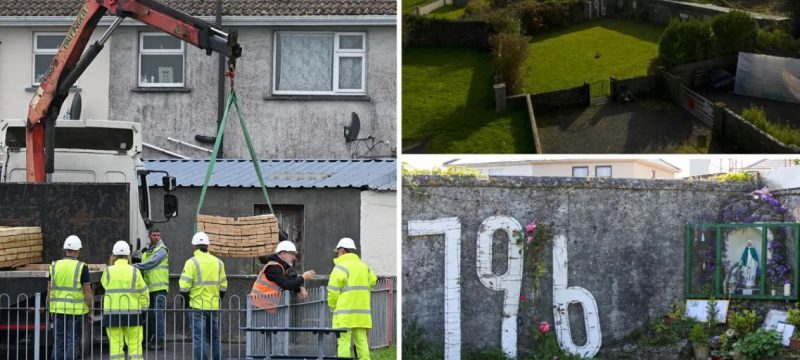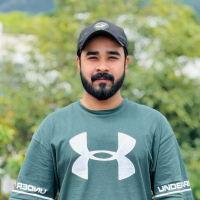In the quiet town of Tuam, located approximately 135 miles (220 kilometers) west of Dublin, human remains have been found beneath a walled grassy area—once part of a home for unmarried mothers and their children, operated by nuns from 1925 to 1961. The building was demolished in 1972, and the site was left untouched for decades.
Excavation teams are now preparing to secure the area, with digging expected to begin next month. The effort is the result of years of advocacy led by local historian Catherine Corless, whose tireless research exposed one of Ireland’s darkest chapters—the “mother and baby” home scandal.
Read more: Bodies of Nine Missing Students Found Dismembered in Mexico
Corless discovered evidence in 2014 that 796 children, ranging from newborns to nine years old, had died while in the care of the Tuam home. Her work suggested that the children’s remains were dumped in a disused septic tank uncovered in 1975. The absence of any burial records, gravestones, or memorials underscored the disturbing nature of the discovery.
“It’s heartbreaking—so many babies and children discarded here,” Corless said. She described her years-long struggle to bring attention to the site and called for the children to be given the Christian burials they were denied.
It wasn’t until 2022 that Irish lawmakers passed legislation permitting the excavation and recovery of remains at Tuam. Catherine Corless, now 71, called it a hard-won victory: “When I first raised this, no one wanted to hear it. Now, we’re finally righting a terrible wrong.”
The 2021 findings of Ireland’s Commission of Investigation into mother and baby homes revealed staggering infant death rates and condemned the way unmarried pregnant women were treated by society, the government, and the Catholic Church. Many of these women were confined in such institutions, and after childbirth, were often permanently separated from their children through forced adoptions.
From 1922 to 1998, a total of 56,000 unmarried mothers and 57,000 children passed through 18 such homes across Ireland. The commission concluded that at least 9,000 children died in these facilities—some of which were state-funded, others run by religious orders like the Bon Secours nuns at Tuam.
Despite the fact that the children were baptized, Corless said the Church failed to acknowledge their deaths because they were born out of wedlock. Investigations in 2016 and 2017 confirmed that the Tuam site contained child remains buried in a sewage tank, but it took several more years before the government began the process of excavation.
Anna Corrigan, 70, has a personal connection to the site. She discovered in her 50s that her late mother secretly gave birth to two sons—John and William—at the Tuam home. Neither boy has a confirmed death certificate, and Corrigan suspects one may have been illegally adopted while the other may be buried at the site.
Holding a 1947 inspection report that described her brother John as “a miserable emaciated child” despite being born healthy, Corrigan said the slow progress toward justice reflects the systemic cover-up. “They delay, they hide the truth. Ireland has a clean image globally, but there’s a darker side we keep buried.”
In 2023, a dedicated team was finally appointed to oversee the excavation. Their mission: to locate, recover, memorialize, and properly bury the remains. DNA samples will be collected from individuals who believe they may be related to the deceased.
Corrigan, reflecting on the years of struggle, expressed cautious hope: “I never thought this day would come. We’ve overcome so many obstacles. But even if only some children are identified, it won’t bring full closure—it’s still a ‘pit,’ not a proper grave.”









